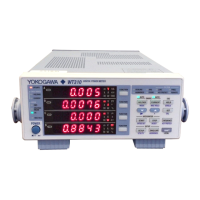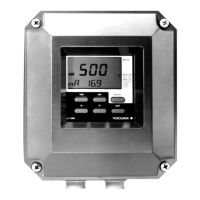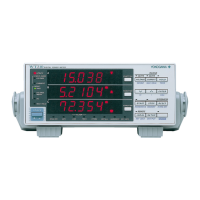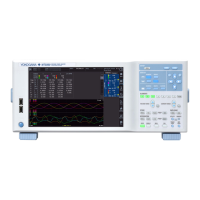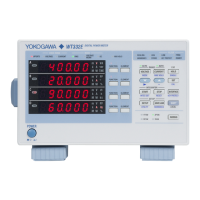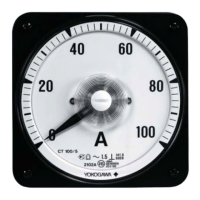<4. Applications>
4-18
TI 11M12A01-01EAll Right Reserved Copyright © 2004, Yokogawa Electric Corporation
Mar. 14, 2017-00
4.7 DifcultMeasurementApplications
(1) Calcination furnace
Exhaustgasoxygenconcentrationmeasurementforuidized-bedcalcinationroastingfurnaces,
sulfur combustion furnaces and other such furnaces which burn sulfur-containing materials or
elemental sulfur presents sample conditions such as the following, so direct in situ type zirconia
oxygen analyzers cannot be used for measurement.
Corrosive gas in exhaust gas: SO
2
7 to 18%
Note: However, the Yokogawa direct in situ type zirconia oxygen analyzers are fully capable of
measurement in exhaust gases containing SO
2
concentrations up to 5000 ppm.
(2) Facilities with reducing gas atmospheres
The term “reducing gases” refers to those gases which react with metal oxides to reduce them
either to metal or to oxides of a lower degree of oxidation. These gases are composed of a
reducing component, of which H
2
is the primary example, and an inert gas component such as
N
2
.
These reducing gases are used for purposes such as protecting metal surfaces from oxidation
or decarbonization during heat treatment, or to improve certain properties. If an attempt is made
to use a direct in situ type zirconia oxygen analyzer in such a metal treatment furnace, the
combustible gas (reducing gas) and oxygen in the sample gas will incite a combustion reaction
like that shown below in the high-temperature cell section (generally above 600°C), causing
a negative measurement error, so that measurement is generally impossible under these
conditions.
2CO+O
2
→2CO
2
2H
2
+O
2
→2H
2
O
CH
4
+2O
2
→CO
2
+2H
2
O
Reference document are as follows:
Bulletin 11M12A01-01E
GS 11M12A01-01E
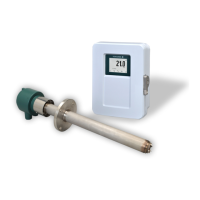
